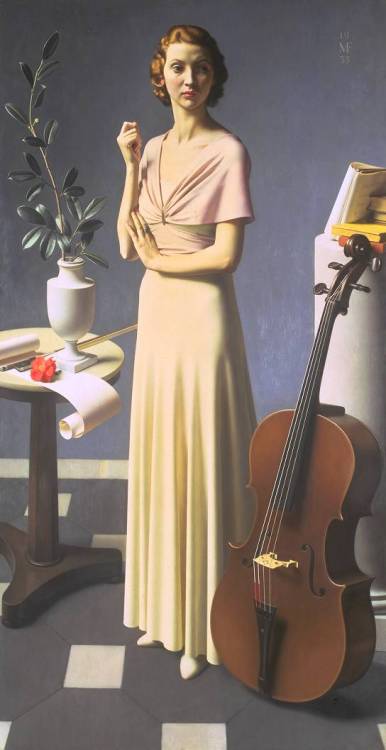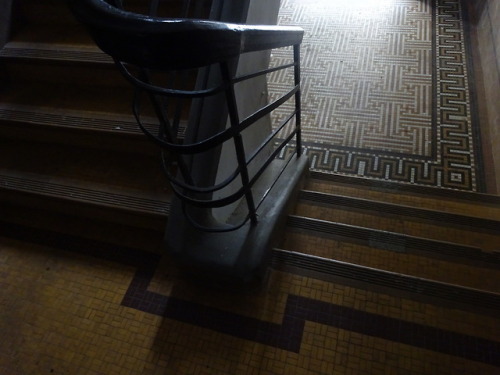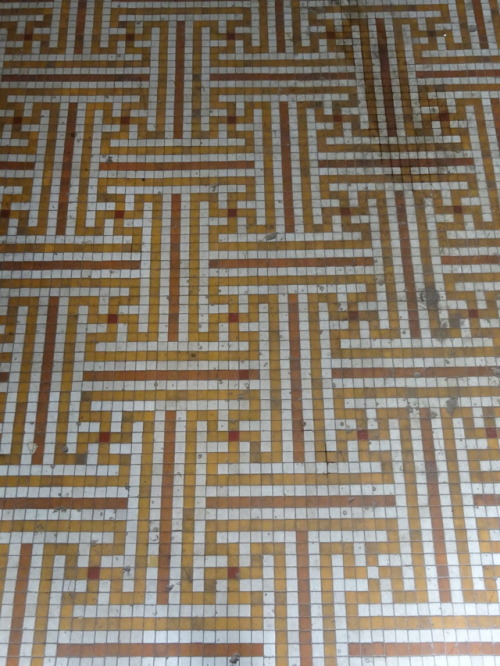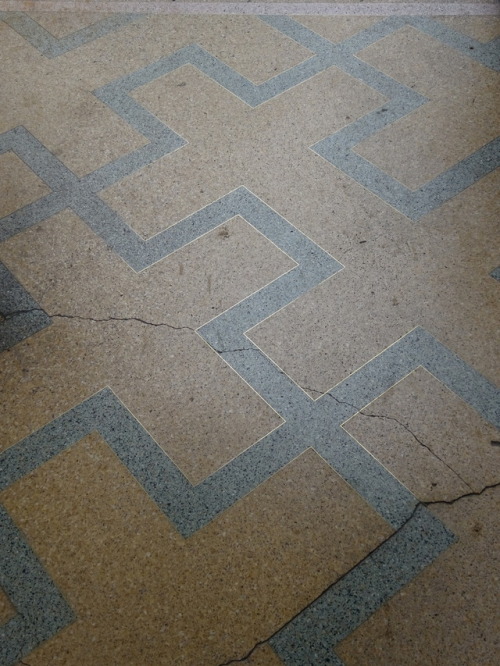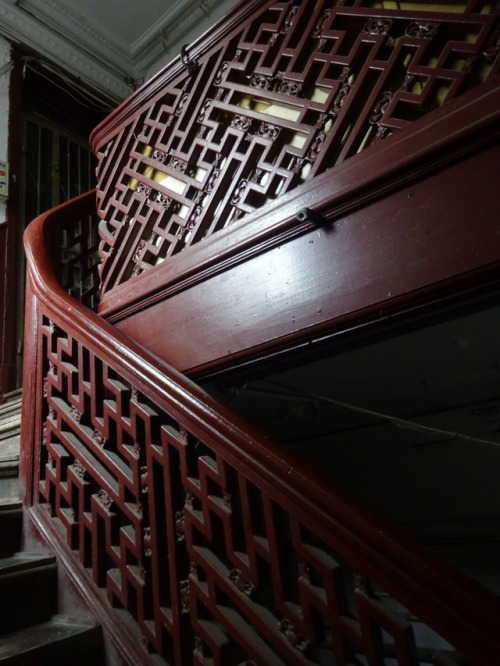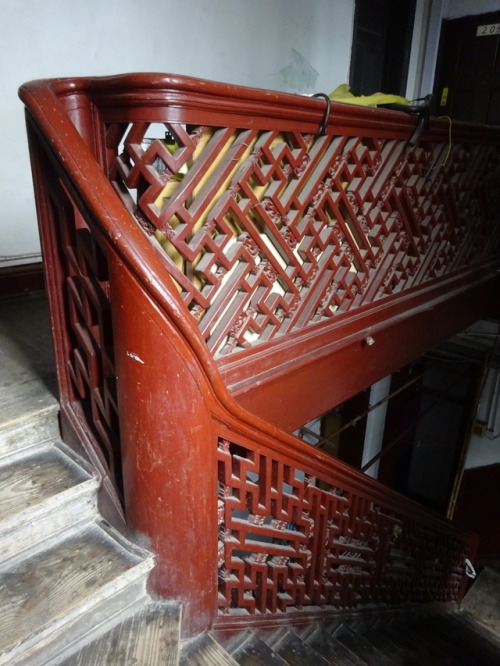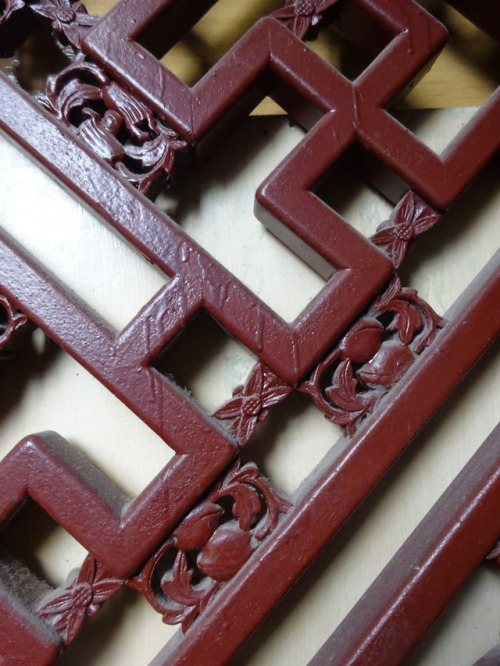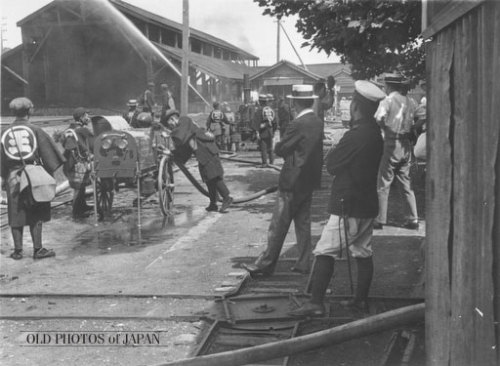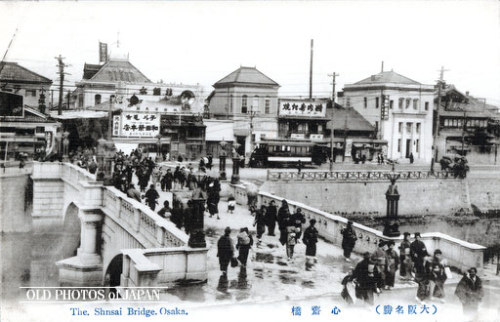#modernity
How vulnerable is creativity?
- Céline, Spring 2015, rtw.
- Meredith Frampton, Portrait of a Young Woman, 1935, oil on canvas, Tate Britain, London.
Post link
“A 24/7 environment has the semblance of a social world, but it is actually a non-social model of machinic performance and a suspension of living that does not disclose the human cost required to sustain its effectiveness. It must be distinguished from what Lukács and others in the early twentieth century identified as the empty, homogenous time of modernity, the metric or calendar time of nations, of finance or industry, from which individual hopes or projects were excluded. What is new is the sweeping abandonment of the pretense that time is coupled to any long-term undertakings, even to fantasies of “progress” or development. An illuminated 24/7 world without shadows is the final capitalist mirage of post-history, of an exorcism of the otherness that is the motor of historical change.”
Jonathan Crary, 24/7: Late Capitalism and the Ends of Sleep (London: Verso, 2013), p.9
When Science Went Modern
By Lorraine Daston
The history of science is punctuated by not one, not two, but three modernities: the first, in the seventeenth century, known as “the Scientific Revolution”; the second, circa 1800, often referred to as “the second Scientific Revolution”; and the third, in the first quarter of the twentieth century, when relativity theory and quantum mechanics not only overturned the achievements of Galileo and Newton but also challenged our deepest intuitions about space, time, and causation.
Post link
I decided to walk along the street in which back in the 1990s we used to get our watermelons, stacked directly on the pavement, weigthed by two elderly men using steelyard balance scale. I wanted to see what would this street give me in the New Era 新时代, and it had some of the most extraordinary swastika patterns I’ve ever seen. Note that staircase photos are taken in the same building on different floors - traditional lattice pattern with swastikas and auspicious fruits smoothly transforms into a foreign design, which makes it not only visually appealing, but also conceptually powerful - demonstrating how modern aesthetic emerged in Shanghai!
Post link
“In all the countries of Europe, and America, there is a very narrow, imprisoned, chained type of spirit that wants just about the opposite of what accords with our intentions and instincts. These false free spirits, being eloquent and prolifically scribbling slaves of the democratic taste and its modern ideas, are all human beings without solitude.”
—F. Nietzsche, Beyond Good and Evil, §44 (edited excerpt).
“It was true that I didn’t have much ambition, but there ought to be a place for people without ambition, I mean a better place than the one usually reserved. How in the hell could a man enjoy being awakened at 6:30 a.m. by an alarm clock, leap out of bed, dress, force-feed, shit, piss, brush teeth and hair, and fight traffic to get to a place where essentially you made lots of money for somebody else and were asked to be grateful for the opportunity to do so?”
–Charles Bukowski
Three images of Taisho (1912-1926) Japan
Top - A 1920s fire drill
Middle - Two ainu women with a mortar, probably pounding rice for mochi, 1920s
Bottom - Shinsaibashi bridge, Osaka, 1910s.
All found at Old Photos of Japan - That place is AMAZING
Post link
New York. David Vestal,1924–2013. Gelatin silver.
“My dear, here we must run as fast as we can, just to stay in place. And if you wish to go anywhere you must run twice as fast as that.”
~Lewis Carroll, ‘Alice In Wonderland’.
Post link

Paul Gauguin, The Siësta, c. 1892-4.

James Abbott McNeill Whistler, Nocturne in Black and Gold (The Falling Rocket), 1875.

Norman Rockwell, Girl Running with Wet Canvas, 1930.

Georgia O’Keeffe, Lake George Reflection, 1922.

Franz Stuck, Fishing Game (Faun and Nymph), 1904.

Henri-Edmond Cross, Hair, 1892.

Frank Armington, View of Chartres, 1926.

Lemoine Fitzgerald, Untitled (Summer Afternoon, The Prairie), 1921.

Vincent Van Gogh, Wheat Field in Rain, 1889.

Henri Rivière, Notre Dame in Winter, 1900.

Gaston Duchamp, Young Girl, 1912.

Childe Hassam, Nocturne, Railway Crossing, Chicago, 1893.

Theo van Doesberg, Card Players, 1917.


